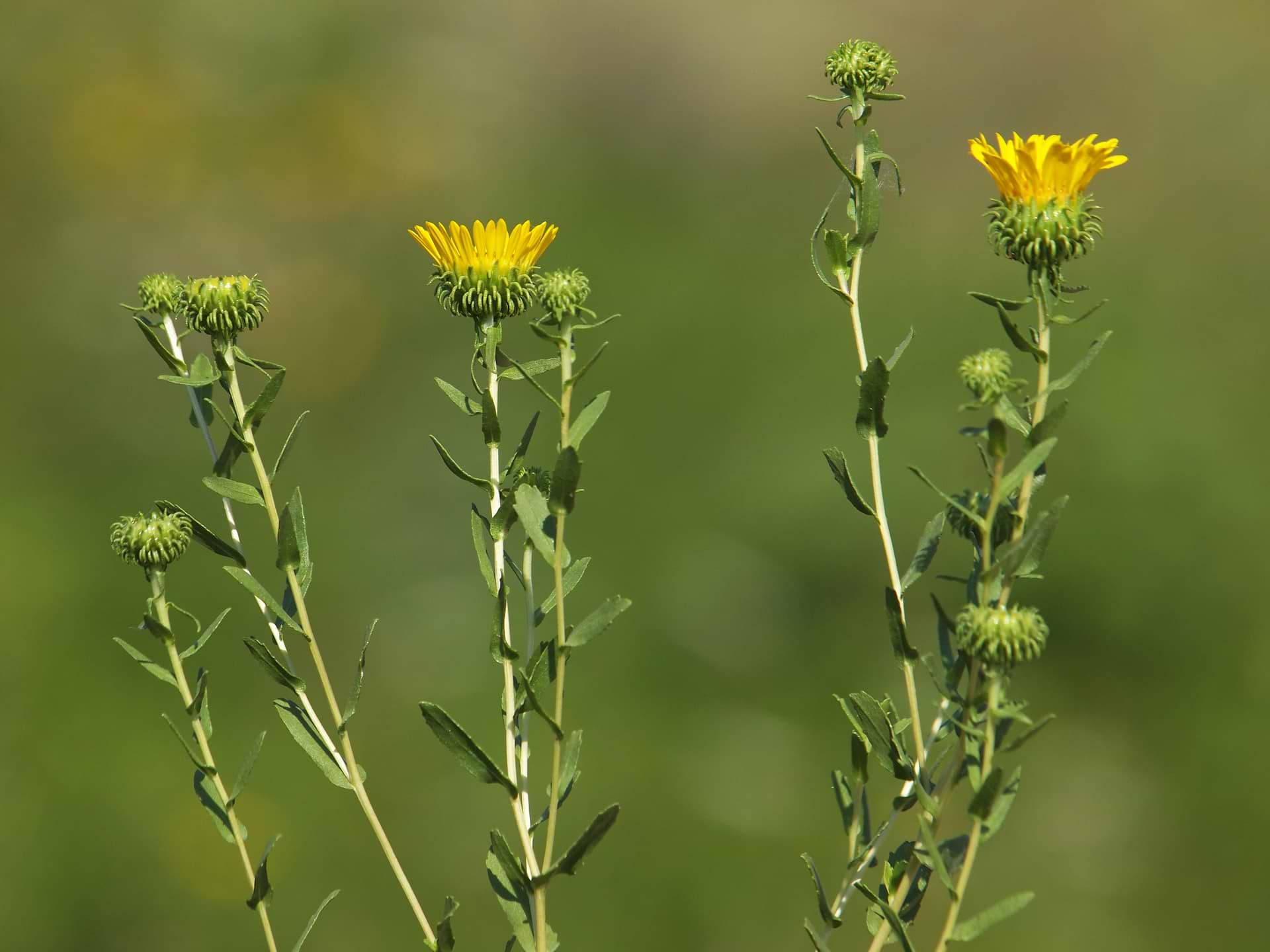Autumn is here in its blaze of glory throughout New England. From the mountain top, the hillsides look like they are dotted with miniature bouquets of mums, in brilliant orange, red, and saffron. While fall is phenomenally beautiful, for some people it is a dreadful allergy season. The leaves begin to pile up and turn moldy, wreaking havoc on the sinuses.
I am sure you have all heard of the neti pot, a little genie-lamp-shaped device used in Ayurvedic practice for nasal irrigation. Over the last few decades the neti pot has become widely used, and not just by yogis. Heck, even my dad uses one! The practice is simple: when you pour a saline solution through one nostril, it exits out the other, removing any dirt, allergens or debris along the way. The classical texts suggest that cleansing the nasal passages allows for clarity of the sense organs, prevents impairment of the organs of smell and sight, as well as contributes to abundant hair growth. Whoa!
But while the neti pot is a great way to flush out the sinuses, salt water can actually be quite drying to the nasal cavity. Indeed, the neti pot is only part of the equation for cleansing the nasal passages. What most people are not aware of is the importance of oiling the nostrils after using the neti pot. Post irrigation, one may notice that they actually feel more congested. This is due to the drying effect of the saline solution. The body then actually produces reactive mucus to re-lubricate the nose. The nostrils require a layer of moisture in order to do their job and capture any intruding particles. Otherwise, if they are dry, this leaves the body susceptible to any air borne bugs.
Nasya, or nostril oil, is used in the second part of the neti process. Unfortunately, it somehow was overlooked when neti pots made their way to the West. One can either buy nasya oil, which often has a base of sesame oil and is infused with various uplifting herbs, or you can simply use sesame oil or ghee.
To perform nasya, it is recommended you wait about 15 minutes after using the neti pot to allow any remaining water to drain from the sinuses (it's not a huge deal if you don't have time to wait). Gently tip the head back and insert 2-3 drops with a dropper in each nostril. Sniff slightly so that the oil goes all the way up the nasal passage; you may feel it in the back of your throat. Alternatively, you can place one drop on your pinkie finger and rub it into each nostril.
Not only will the nasya oil help with creating healthier, happier sinuses, it's also said to increase clarity of mind and soothe the nervous system. I find that this oil is necessary to get me through the winter, especially if I am working in a dry building. I highly recommend keeping a bottle on your desk at work and administering a few drops as needed. Nasya is extremely beneficial when traveling, as flying can be very drying, and this will also help prevent illness, which is common during travel. Go out and get some nasya oil to help soothe those dry nostrils and keep your winter congestion free.
*Please note that it is contraindicated to use the neti pot or nasya when one is experiencing a head cold.
Writer Lauren Sauer is a graduate from the Kripalu School of Ayurveda and a certified 500 hour Kripalu Ayurvedic Yoga Teacher. As an Ayurvedic Health Counselor, she is passionate about educating others to become their own health advocate, to live with the rhythms of nature and to simply slow down and breathe. She currently resides in the beautiful Berkshires as the intern with the Kripalu School of Ayurveda.
For educational purposes only. This information has not been evaluated by the Food and Drug Administration. This information is not intended to diagnose, treat, cure, or prevent any disease, or to sell any product.
Recommended Products
Further Reading










